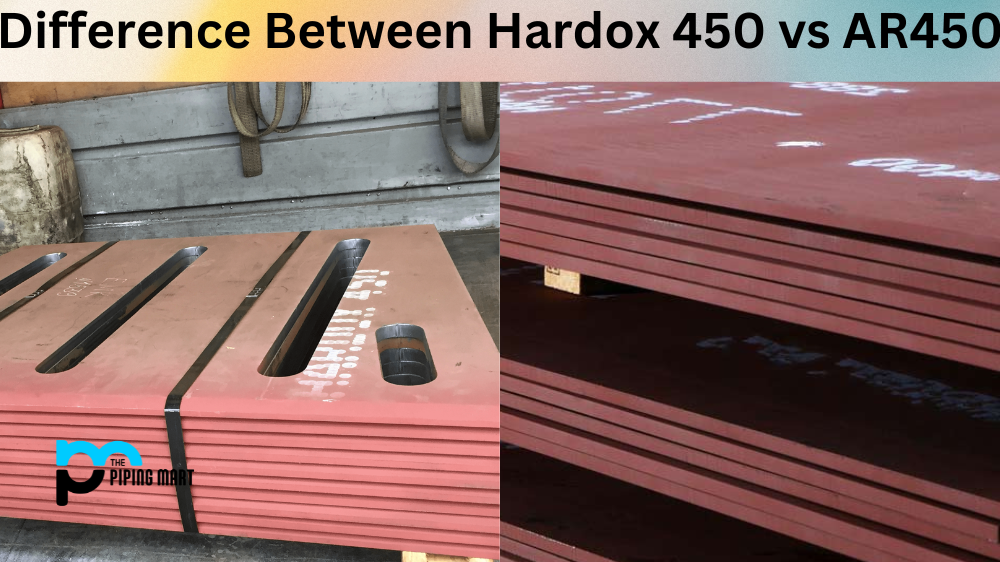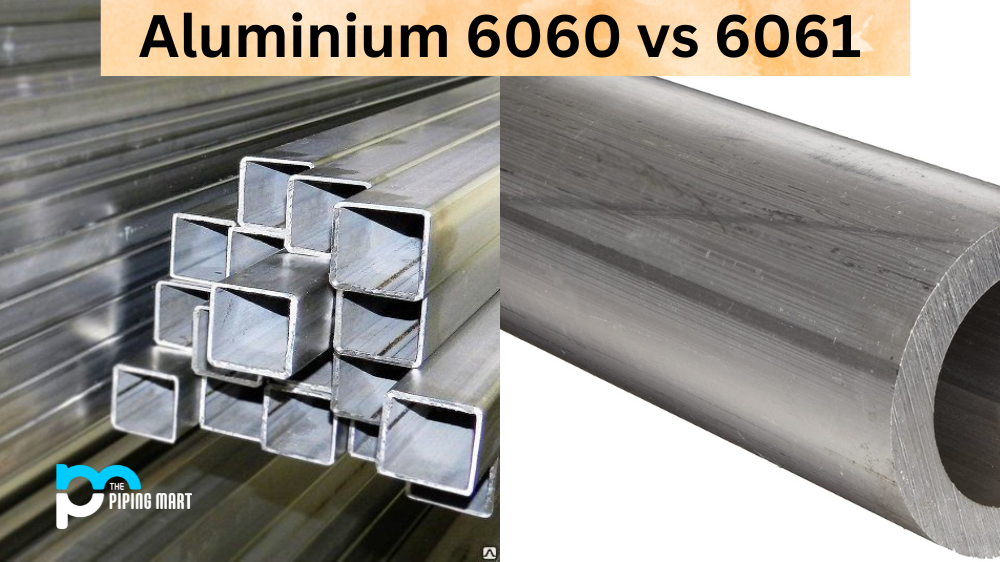Stainless steel production has been essential for the progress of numerous industries worldwide. This versatile and durable material is used in various applications, such as appliances, construction, transportation, and medical devices. However, producing stainless steel comes with environmental costs that must be addressed. In this blog post, we will explore the ecological impact of stainless steel production, the causes, and the possible solutions.
Step 1
First, it’s essential to understand that stainless steel mainly comprises iron, chromium, and nickel alloy, with smaller amounts of other elements such as carbon and molybdenum. The primary source of iron is iron ore, which is mined and transported from extraction sites to steel mills. This process requires large amounts of fossil fuels, contributes to deforestation, and generates greenhouse gas emissions.
Step 2
Second, producing stainless steel involves high-temperature furnaces, which consume vast amounts of energy, mainly from fossil fuels. The energy-intensive nature of steelmaking contributes to climate change, air pollution, and other environmental impacts, such as water and soil pollution. The stainless steel industry emits about 230 million tons of carbon dioxide annually, equivalent to the emissions from over 50 million cars.
Step 3
Third, another critical environmental impact of stainless steel production is the generation of waste materials. During the steelmaking process, by-products such as slag, dust, and wastewater are generated, which contain hazardous chemicals and metals such as lead, cadmium, mercury, and chromium. If not handled correctly, these wastes can contaminate the environment, harm human health, and damage ecosystems.
Step 4
Fourth, various solutions can be implemented to mitigate the environmental impact of stainless steel production. One approach is to improve the efficiency of the steelmaking process by using alternative energy sources and reducing the use of virgin resources such as iron ore. Another solution is to promote innovative technologies such as carbon capture, utilization, and storage (CCUS), which can capture and store CO2 emissions from the steel industry.
Step 5
Finally, consumers can play a role in reducing the environmental impact of stainless steel production by adopting sustainable practices such as reducing, reusing, and recycling stainless steel products. By reducing waste generation and promoting circular economy models, we can minimize the environmental impact of stainless steel production and contribute to the attainment of the United Nations’ Sustainable Development Goals (SDGs).
Conclusion
Stainless steel is a valuable material that has transformed many sectors of modern life. However, its production comes with environmental costs that need to be addressed. The environmental impact of stainless steel production is primarily caused by using fossil fuels, the generation of waste materials, and the emission of greenhouse gases. To mitigate these impacts, industry players can implement innovative solutions such as improving efficiency, using alternative energy sources, and applying carbon capture technologies. Consumers can also play a role in reducing the environmental footprint of stainless steel by adopting circular economy models that promote recycling and reducing waste. Together, we can ensure that the benefits of stainless steel are sustained while minimizing environmental harm.
Sakshee is a talented blogger, with a particular focus on the Business and Metal Industry. She is passionate about sharing her insights on various metal products and helping professionals to make a better decisions.




